Macalester-Groveland Neighborhood Expresses Mixed Sentiments Regarding Student Off-Campus Living
December 11, 2017
Earlier this fall, following concerns raised by St. Paul residents regarding decreased housing availability, the St. Paul Department of Planning and Economic Development conducted a zoning study that resulted in the addition of a “Student Overlay District” to the city’s zoning code. The ordinance restricts the conversion of single family homes and duplexes into student rental housing within a specifical district.
The Student Housing Overlay District was created in 2012 to cover certain portions of the Macalester-Groveland and Union Park neighborhoods. The District begins in the immediate vicinity of the University of Saint Thomas (UST) and ends at Snelling Avenue.
The reason that UST was of particular concern was because, unlike Macalester and many other colleges and universities around the country, it does not impose a residency requirement on any of its students.
This was seen as problematic for the Macalester-Groveland community because, due to UST policies, many students have decide to live off campus – crowding the surrounding neighborhoods. Even for students who want it, the university has limited on-campus housing.
UST’s 2017 enrollment at its St. Paul campus is 7,489 students total, 5,932 of whom are undergraduate students. Of those students, 2,540 – or forty-three percent – live on campus. Of the 3,000 plus students who reside off campus, it is estimated that about half of them –1,750 – live within a mile of UST.
Compared to Macalester, which has roughly 650 out of 2,108 students living off campus, UST has a substantial impact on the residential areas that surround both schools.
Despite that, however, most Macalester-Groveland residents do not seem to take issue with living amongst students. In fact, the majority of residents who responded to a Mac Weekly Facebook post asking for feedback on the impact of student housing responded very positively.
“We live 2.5 blocks from the campus, and I very much enjoy having Mac students in the neighborhood!” Macalester-Groveland resident Diana Spurgeon commented, “Keeps the neighborhood vibrant, and increases the restaurant and retail options.”
The general consensus appeared to be that students were welcome in the neighborhoods, but that there needs to be clear rules and regulations to minimise the challenges that stem from living near them.
Elizabeth Boyer, executive director of the Macalester-Groveland Community Council (MCGG), identified three key issue categories associated with student rentals.
The first is about, behavioral issues – loud music, noise complaints, parties that last late into the night, drinking, etc.
Second are problems with maintenance, such as shoveling the snow in the winter, mowing lawns, and keeping up the general appearance of the property.
The third issue has to do with the lifestyle differences between student renters and long-terms residents.
For example, students tend to have much more hectic schedules and can be absent from their home for extended periods of time while attending class, going on break, visiting home, and studying abroad.
It does, however, seem that many of these issues can be remedied with more proactive and responsible landlords – a sentiment shared by many who commented on the Facebook post, including Boyer.
“A large part of the responsibility falls on the landlords,” Boyce wrote. “A responsible landlord can alleviate a lot of these issues.”
One solution Boyer proposed is to have stricter rules spelled out in leases. This way, resident concerns can be addressed at the outset of their move while giving permanent residents clearer direction on what residents are responsible for.
A group created to address the specific issue of student housing in order to establish a direct link of communication between students and other residents has been formed. An off campus student housing panel organized by the Office of Student Affairs will take place in the spring.
The panel will include a first time off campus living panel, residents of Union Park and Macalester-Groveland neighborhoods, property lawyers and landlords.
MGCC’s Housing and Land Use Committee passed a motion to study expansion in 2012, but the resolution was rejected by the Board of MGCC and a formal request was never made to the city.
Because the Student Housing Overlay District ends at Snelling Avenue, some residents who live just outside the boundary feared that District would cause a spike in the number of student rentals in their neighborhoods.
But in the view of MGCC, most issues surrounding student rentals concern behavior and unrelated to the UST overlay zone. The Community Council wanted first to explore other ways to alleviate the problems.
Boyer wants to approach the issues with student housing from a compassionate perspective “How can our work and organization be more inclusive and representative of the neighbourhood?” he asked. That sentiment led to the creation of an Inclusivity task force, which holds seats for students, renters and residential landlords.

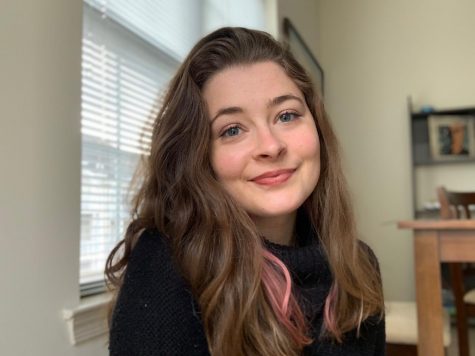


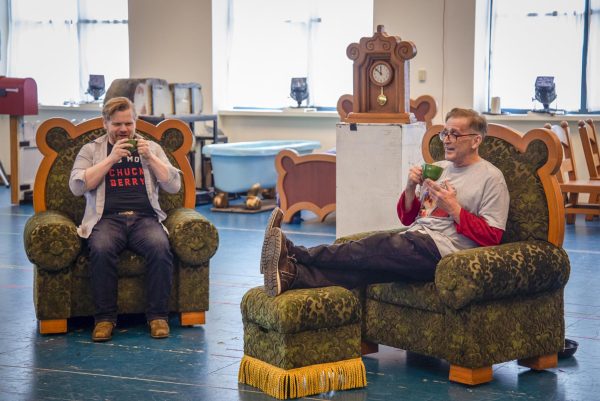




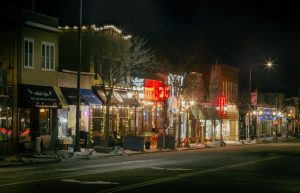




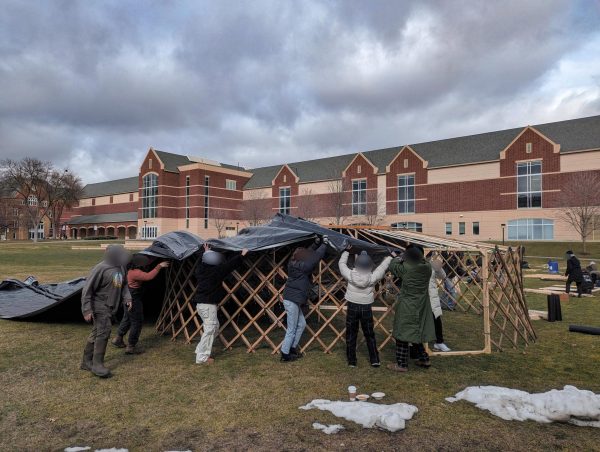

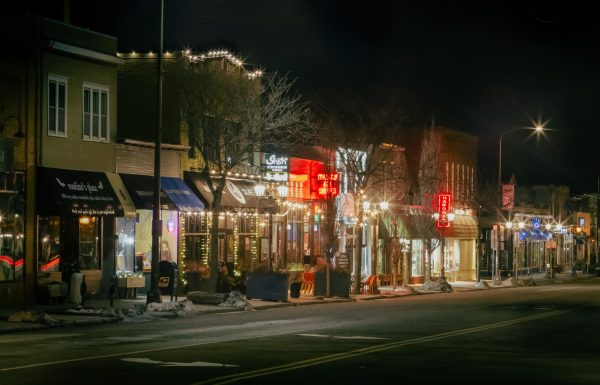

Luke Hemmings • Sep 11, 2019 at 7:38 pm
One other issue issue is that video games are usually serious as the name indicated with the primary focus on studying rather than entertainment. Although, there is an entertainment part to keep children engaged, each and every game will likely be designed to work with a specific group of skills or course, such as numbers or technology. Thanks for your article.
Richard Dickens • Sep 10, 2019 at 1:32 pm
Well I sincerely enjoyed studying it. This tip provided by you is very helpful for good planning.
Stewart Edmunds • Sep 8, 2019 at 3:06 am
Good web site! I truly love how it is nice on my eyes it is. I’m wondering how I could be notified whenever a new post has been made. I have subscribed to your feed which may do the trick? Have a nice day!